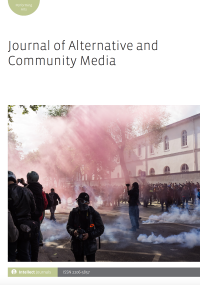
Full text loading...
 , Gift Gwindingwe2
, Gift Gwindingwe2
This article explores the use of YouTube in the increasing practice of vlogging in Zimbabwe. Vlogging counters authoritarian media policies that restrict the entry of new media players and democratic participation in existing traditional media. This dearth of public debate on traditional media has created a window of opportunities for social media as alternative voices through YouTube ‘televisions’. We consider this a metaphorical yearning for alternative television stations in the mainstream media-dominated context of Zimbabwe. Employing the theoretical concept of counterpublics, this article presents a thematic analysis from three selected YouTube channels: Bustop TV, Goldgator TV and TV 7. The findings reveal that although authoritarian media laws are a huge setback to freedom of expression, YouTube empowers non-professional journalists to challenge those who possess political power. The article establishes that authoritarian media laws are no longer as effective in stifling dissent. We argue new thinking towards a liberal trajectory is called upon.

Article metrics loading...

Full text loading...
References


Publication Date:
https://doi.org/10.1386/jacm_00112_1 Published content will be available immediately after check-out or when it is released in case of a pre-order. Please make sure to be logged in to see all available purchase options.